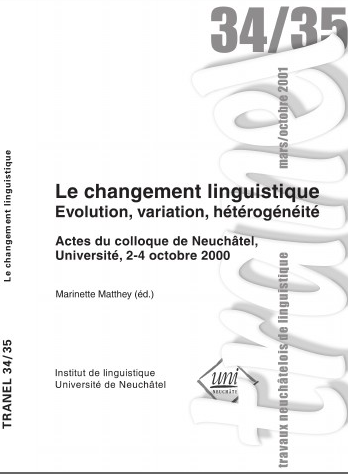Maturation syntaxique chez le jeune enfant (9-36 mois). Continuité ou rupture?
DOI :
https://doi.org/10.26034/tranel.2001.2560Résumé
This paper deals with an important question in the area of developmental psycholinguistics. It studies the conditions for a presyntactic utterance to become a «canonical sentence» or, better, «canonical utternance» at the stage of the two-words combinations. Two main points are highlighted: – How a prelinguistic utterance, nearly without words, between 9-12 months, can nevertheless have a linguistic modality – How this utterance becomes a syntactic-semantic-prosodic unit when lexicon is being acquired. The focus is put on the importance of prosody and on the relations between the different parameters to create the first grammatical networks. Evidence is taken from spontaneous speech recordings of a large population of children both typical and atypical for their language development; auditive, acoustical, and linguistic analyses were carried out on these data.Téléchargements
Publié-e
01-10-2001
Comment citer
Konopczynski, G. (2001). Maturation syntaxique chez le jeune enfant (9-36 mois). Continuité ou rupture?. Travaux neuchâtelois De Linguistique, (34-35), 251–272. https://doi.org/10.26034/tranel.2001.2560
Numéro
Rubrique
Article thématique


